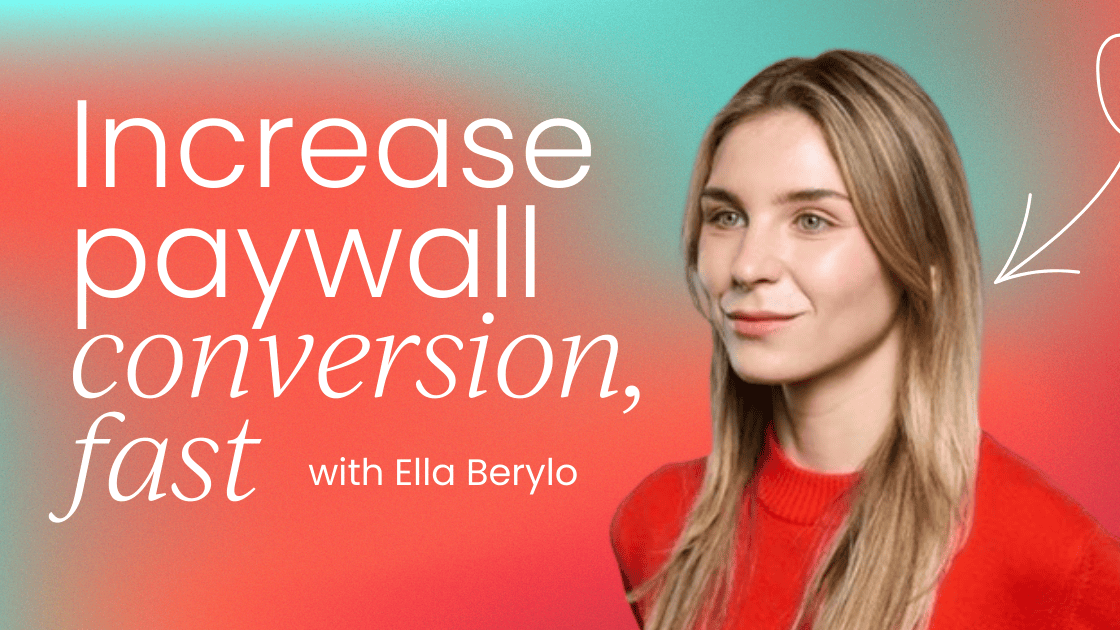Paywall is the most profitable A/B test placement. Across mobile and web funnels, small shifts in pricing, UX, and discount timing have delivered up to 70% revenue uplift. Here is how to capture it and why context between web and app paywalls matters.
Web vs app paywalls
While the same levers apply across platforms, web and app paywalls perform differently.
In-app paywalls convert better because payment friction is lower and users already trust the store. Studies show that replacing an in-app checkout with a web checkout can reduce conversion by 25 to 35 percent.
Web paywalls, however, can yield higher margins since they avoid platform fees. You can benefit from both, depending on what you are trying to achieve.
Web paywalls: lower CAC, better LTV
In-app paywalls: lower friction, questionable retention
For content publishers, web paywalls are usually triggered after content engagement. INMA found that “open” models allowing several free articles before locking the reader drive higher lifetime revenue than hard paywalls that appear too early.
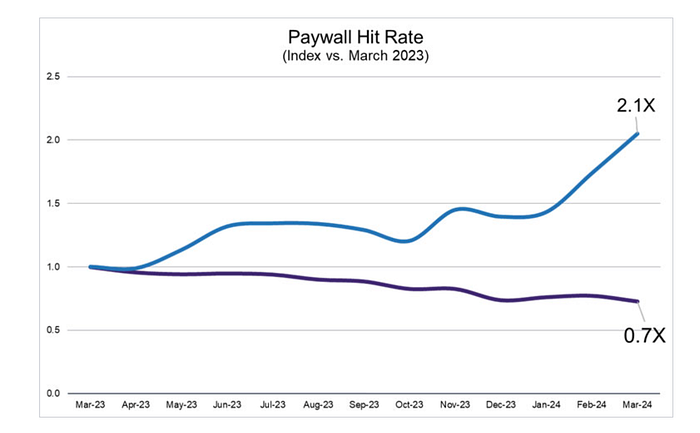
Mobile subscriptions rely more on recurring engagement and retention. Adapty reports that only 3 to 5 percent of app users convert to subscribers and churn peaks in the first three months. This makes pricing, timing, and experience design the key revenue multipliers.
1. Pricing – Up to 70% revenue uplift
Pricing is the single largest growth lever. Most products do not need more traffic; they need smarter pricing systems.
Outrank Apps benchmarks show that install-to-trial conversion for mobile subscription apps averages 14%, and trial-to-paid conversion sits around 10%. This means even small percentage improvements translate into meaningful revenue gains.
Higher pricing tiers often perform better than expected. ArpuBrothers found that apps with premium price points achieved 9.8% trial-to-paid conversion, compared to 4.3% for lower-priced apps.
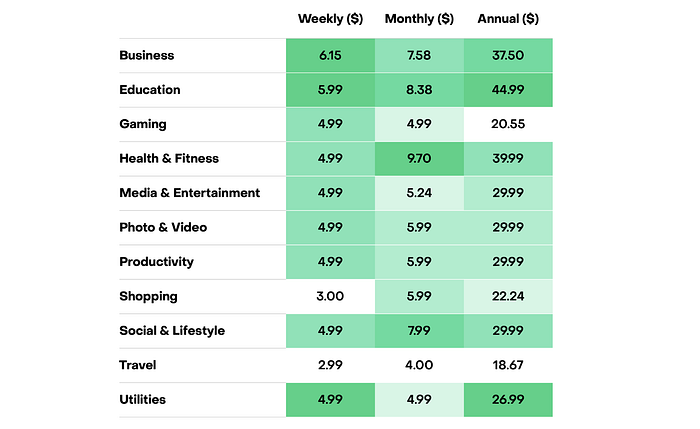
For web publishers, Speciall Media observed average free-to-paid conversion between 0.5% and 2% per month, reinforcing the importance of optimizing value perception rather than volume.
Pricing hacks:
- Benchmark leading competitors whose paywalls evolved through years of testing
- Build a predictive model for one to two years of revenue, accounting for retention and elasticity
- Experiment with multi-tier pricing such as Weekly + Annual. In several mobile cases, introducing a weekly option alongside an annual plan tripled paid-channel ROAS
2. Paywall UX – up to 20% uplift
Design and micro-interactions determine trust and willingness to pay.
According to Piano’s 2024 Subscription Performance Benchmarks, the average conversion rate from registered user to subscriber across publishers reached 19%, with top performers exceeding 2.2% conversion from anonymous visitor to subscriber.
Publishers using dynamic or personalized paywalls achieved up to 30% higher subscription growth rates and maintained a monthly churn rate around 4.2%, reflecting how personalization and clarity in design directly improve revenue performance.
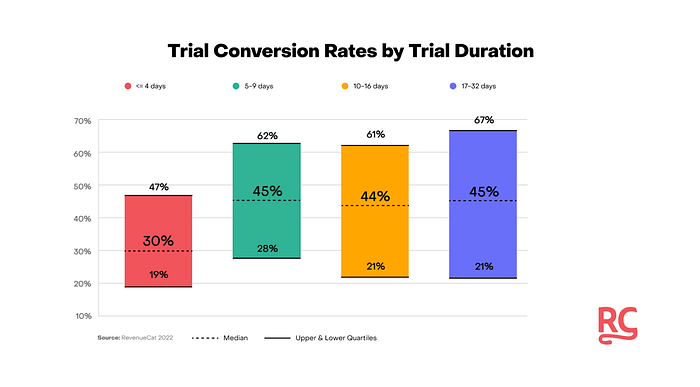
Personalization and animation also move the needle. Nami ML reports that adding a user’s name to a paywall increased conversions by 17%, and Business of Apps found that using animated paywalls produced 2.9× higher conversion rates than static designs.
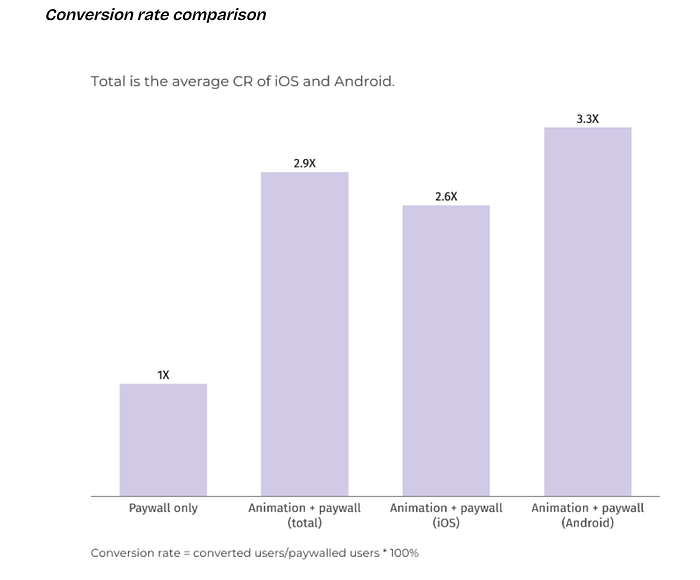
UX optimizations:
- Add a free-trial toggle to give users perceived control
- Use long-scroll layouts for complex or higher-priced apps
- Introduce hard paywalls only after onboarding, when perceived value is strongest
- Explain trial terms clearly to prevent refund requests
- Personalize copy and add light animation to build emotional connection
3. Discounts and upsells – up to 20% uplift
Discounts close intent gaps and recover drop-offs when applied contextually.
SingleGrain reports that dynamic paywalls with segmented or time-based discounts deliver about 35% higher conversion rates than static ones.
In my experience, the moment of the offer matters more than its size. Users rarely convert because the price is lower.
They convert when the timing aligns with intent. Triggering a small, relevant offer after feature use or showing a limited bundle right after checkout consistently outperforms generic discounts.
Discounts are part of pricing architecture, not marketing gimmicks. When placed with precision, they increase both revenue and retention by turning the paywall into a personalized conversation rather than a static demand for payment.
Discount and upsell tactics
- Show contextual offers immediately after paywall rejection or reactivation
- Trigger offers based on behavior, not the calendar
- Add micro-upsells post-purchase to extend engagement
- Limit visible offers to preserve perceived value
4. Context and placement – up to 10% uplift
Timing and placement are as important as content.
INMA’s 2024 research showed that publishers who increased their paywall intercept rate achieved a 2.1x higher hit rate year over year, while those who reduced visibility dropped to 0.7x.
They recommend maintaining 80 percent paywall visibility among premium readers and 10 to 40 percent premium content visibility across total site content.
Placement optimizations
- Use banners or contextual prompts to warm up intent
- Trigger paywalls after engagement or milestone actions
- Avoid abrupt modals on mobile to maintain trust
5. Button copy and micro-UX – up to 5% uplift
Even small interface changes compound at scale.
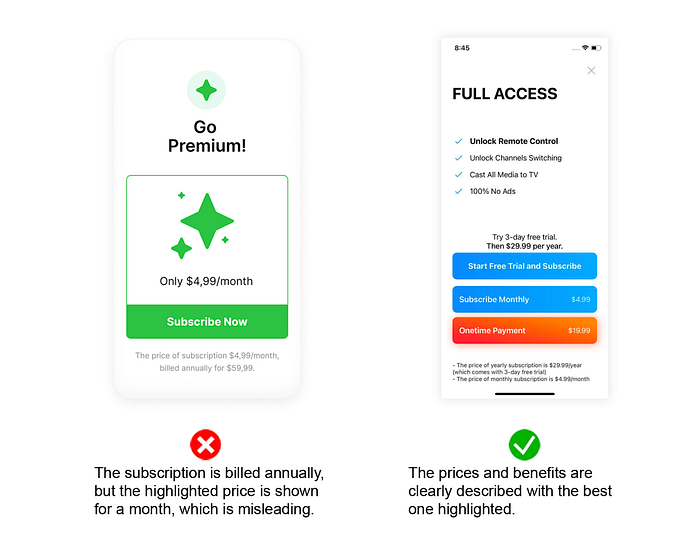
Adapty research shows that subtle CTA changes, such as switching “Start Free Trial” to “Continue” or adding a slight button animation, can lift conversion by several percentage points.
Micro-UX tactics
- Test CTA wording, size, and positioning
- Add motion or visual feedback to buttons
- Use secure payment indicators like Apple Pay or Google Pay logos
Conclusion
Paywall testing is not guesswork. It is a precision exercise that turns pricing, UX, and timing into measurable economic control.
By combining competitive pricing, contextual UX, dynamic discounting, and predictive modeling, digital brands can lift conversion rates fast. The difference between a good paywall and a great one is not design flair but disciplined optimization.

